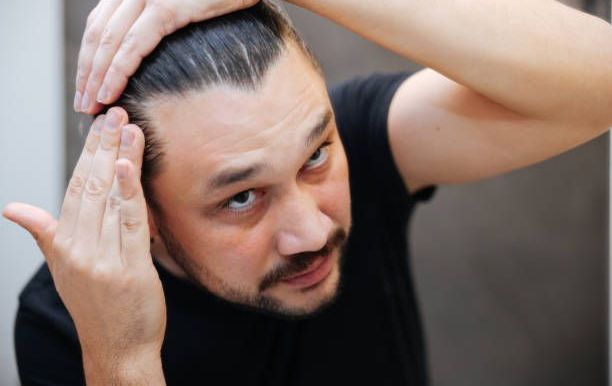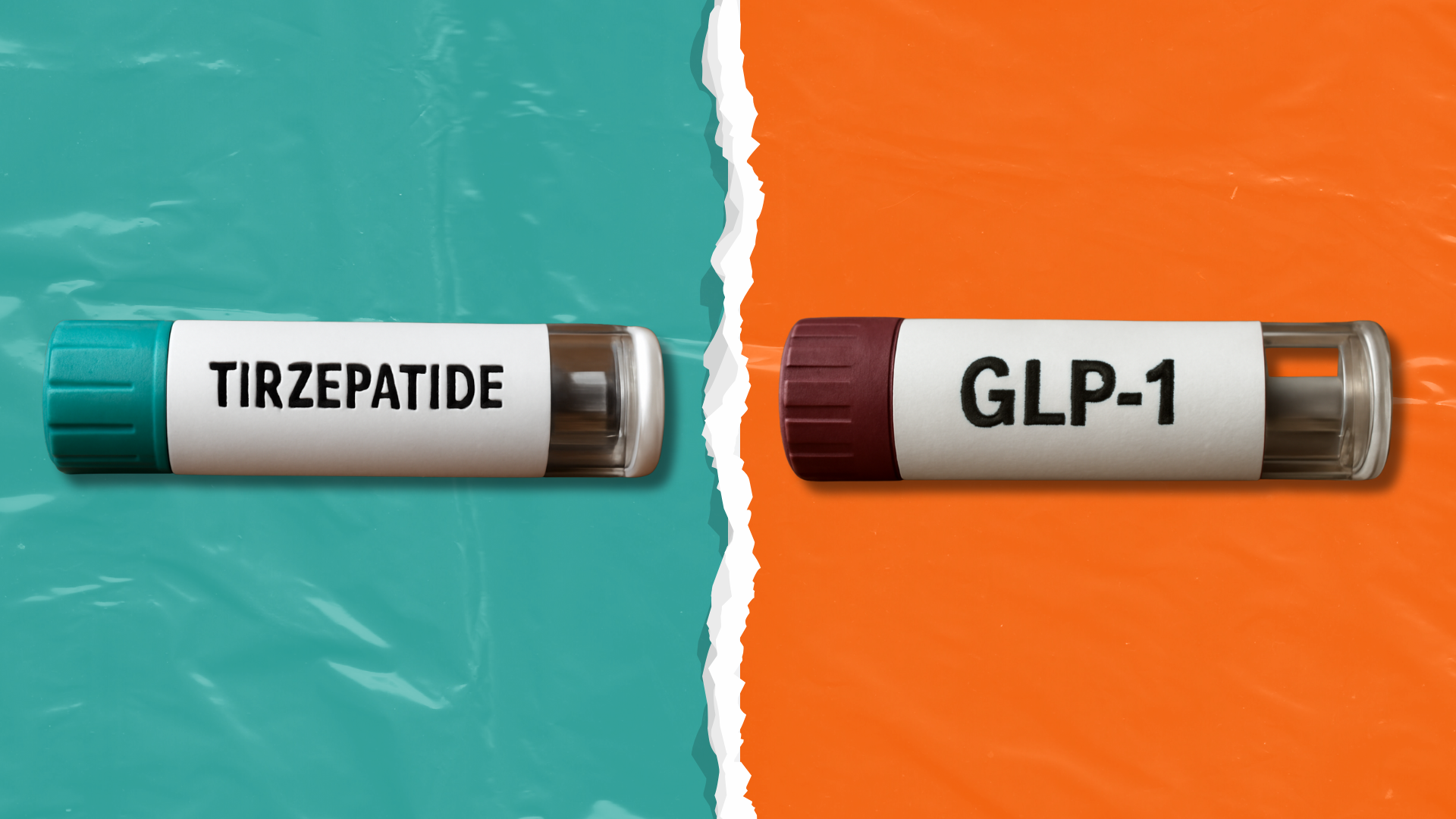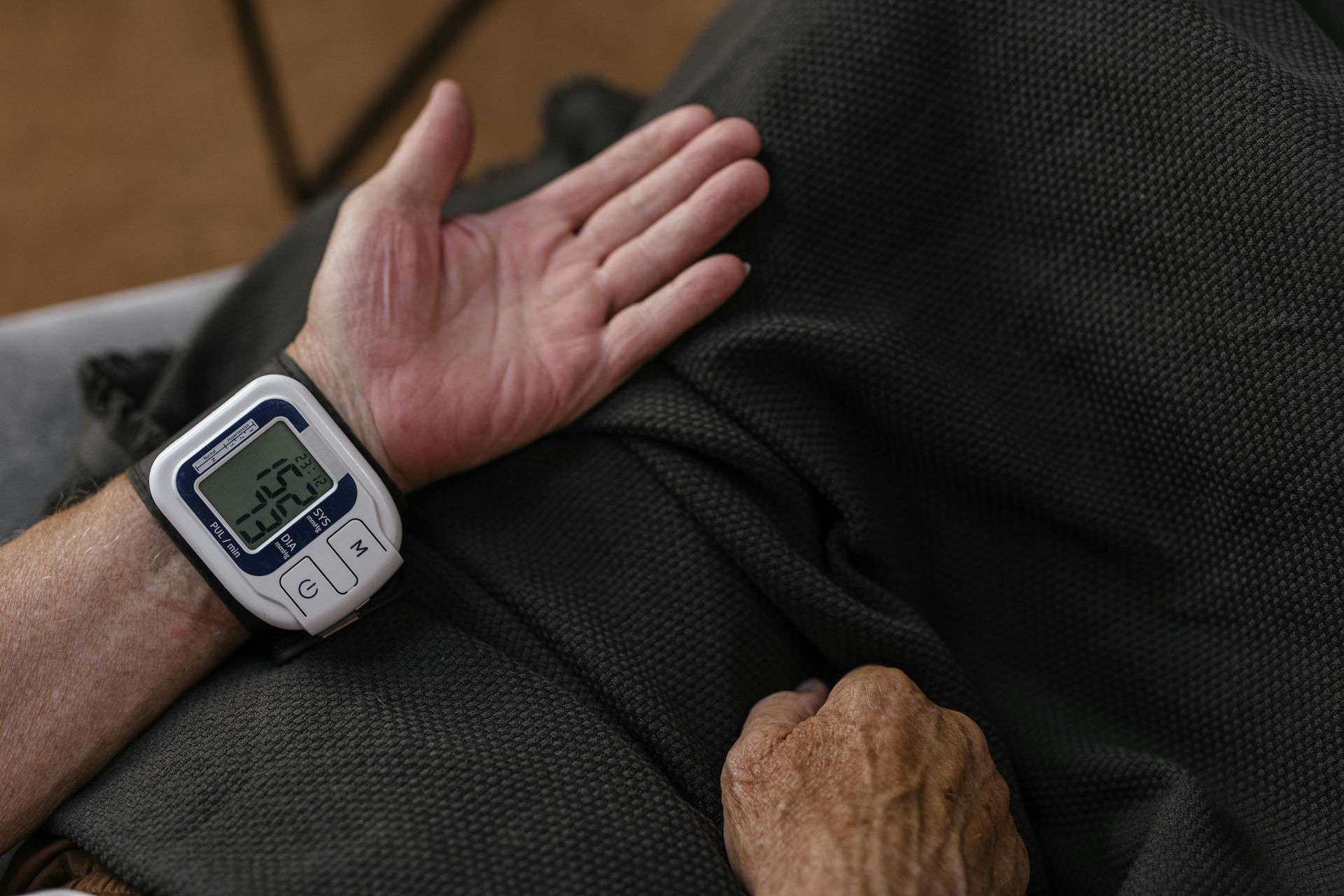Exploring Hair Loss Solutions
Hair loss affects millions of people, regardless of sex, and often becomes more noticeable with age, hormonal changes, or stress. As demand grows for effective, natural-looking solutions, two options often come up in conversation: hair restoration and hair transplants. While they may sound similar, these two approaches are quite different, especially in terms of invasiveness, cost, recovery, and results.
At ATX Infusion and Wellness, we specialize in non-surgical hair restoration techniques that draw on regenerative medicine to support healthy follicle function. If you’re exploring your options, this guide will help clarify the key differences and why our non-invasive treatments may be a fit for your goals.

What Is a Hair Transplant?
Hair transplants are surgical procedures performed by medical doctors, typically dermatologists or plastic surgeons. The two main techniques are FUT (follicular unit transplantation) and FUE (follicular unit extraction). In both cases, healthy hair follicles are harvested from a donor area (usually the back of the head) and implanted into thinning or balding areas.
Pros:
- Offers dramatic, often permanent results
- Suitable for advanced hair loss
- Performed under medical supervision
Cons:
- Requires surgery, local anesthesia, and a recovery period
- Can result in scarring or post-op discomfort
- Typically expensive (several thousand dollars or more)
- Doesn’t address the underlying causes of hair loss
Transplants move follicles from one location to another, but they do not change how your body manages hair growth. Over time, additional hair loss can continue, requiring repeat procedures.

What Is Regenerative Hair Restoration?
At ATX Infusion and Wellness, we offer a non-invasive alternative to surgery through regenerative hair restoration. These treatments use your body’s natural signaling mechanisms and in some cases, biologically active materials to support follicle health and stimulate dormant follicles.
Our process may include:
- Microneedling with Dermapen 4: A precise, medical-grade device that creates microchannels in the scalp to trigger the body’s repair response.
- PRF (platelet-rich fibrin): Concentrated from your own blood, PRF releases growth factors that may support the regeneration of hair follicles.
- Exosomes or MSCs (mesenchymal stem cells): Ethically sourced biologics that are rich in signaling molecules used to stimulate tissue response and repair.
- Peptides and nutrient support: Used in conjunction to promote optimal scalp and hair health.
These treatments are non-surgical, customizable, and designed to work with your body rather than override it.

Benefits of Regenerative Hair Restoration
- No cutting, scarring, or sutures
- Minimal to no downtime
- Supports natural hair cycles
- Targets early-stage or moderate hair loss
- Integrates with other wellness therapies for whole-body support
The goal is not simply to replace lost hair but to create the best possible environment for your follicles to thrive. And because treatment is tailored to your specific biology and health history, results are both personal and progressive.

Which Option Is Right for You?
Hair transplants may be appropriate for those with extensive, irreversible hair loss and clearly defined donor areas. However, they require a commitment to surgical recovery and cost.
Regenerative hair restoration may be ideal if:
- You’re in the early to moderate stages of thinning
- You’re looking for a natural approach with low risk
- You want to preserve and strengthen your existing hair
- You prefer to avoid surgery or general anesthesia
Many clients find regenerative therapy especially appealing as a preventative or maintenance strategy — a way to stay ahead of further loss and support long-term hair health..

A Science-Forward, Patient-Focused Approach
ATX Infusion and Wellness takes pride in offering regenerative solutions that are grounded in science and personalized to each client. Our nurse practitioner-led team carefully evaluates each case before recommending treatment, and we never overpromise outcomes.
We are transparent about what these therapies can and cannot do, and we always take time to educate our clients before beginning any regimen.
Ready to Learn More?
If you’re curious about how regenerative therapy could support your hair goals, we invite you to schedule a consultation. We’ll assess your current condition, discuss realistic options, and help you determine whether our approach aligns with your needs.
Hair restoration does not have to mean surgery, and it doesn’t have to wait until your hair loss is advanced. With safe, evidence-informed techniques and supportive care, you can take action sooner and do so confidently.

















